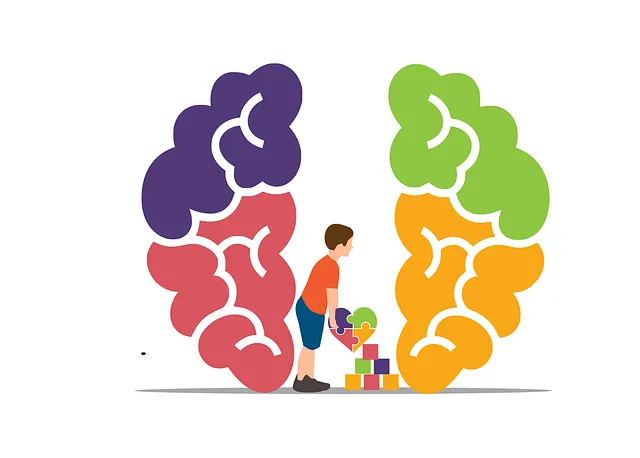Lakewood Kaiser prioritizes client safety and well-being through comprehensive risk assessment and harm minimization planning. This involves identifying potential risks, implementing tailored strategies, creating safe spaces, fostering open communication, and developing individualized care plans. Regular reviews, evidence-based practices, and resources like the Mental Wellness Podcast Series further enhance their approach, making Lakewood Kaiser mental health programs a global benchmark for effective, compassionate care.
Risk assessment and harm minimization planning are vital components of creating safe and effective programs, particularly within mental health services. This article delves into these essential strategies, offering a comprehensive guide for professionals. We explore ‘Understanding Risk Assessment’ as a foundational step towards building robust safety measures. Subsequently, we present ‘Harm Minimization Planning: Strategies and Implementation’, drawing insights from the Lakewood Kaiser Mental Health Programs—a renowned case study showcasing effective risk management.
- Understanding Risk Assessment: A Foundation for Safe Programs
- Harm Minimization Planning: Strategies and Implementation
- Lakewood Kaiser Mental Health Programs: A Case Study in Effective Risk Management
Understanding Risk Assessment: A Foundation for Safe Programs

Risk assessment is a fundamental process for any program aiming to promote well-being and safety, especially in mental health initiatives like those offered by Lakewood Kaiser. It involves identifying potential hazards and evaluating their likelihood and potential impact. By understanding risk, organizations can implement effective harm minimization strategies tailored to their unique context. This proactive approach ensures that programs are not only responsive but also preventive, fostering a culture of safety.
For instance, in the realm of mental health support, assessing risks enables the development of self-care practices and resilience-building interventions. By recognizing triggers and vulnerable individuals, Lakewood Kaiser’s teams can provide targeted Crisis Intervention Guidance, ensuring client safety and well-being. This comprehensive risk assessment and planning process forms the backbone of robust programs, allowing for a more effective and compassionate care approach.
Harm Minimization Planning: Strategies and Implementation

Harm Minimization Planning involves strategic interventions to mitigate risks and promote positive outcomes in various settings, including mental health services provided by organizations like Lakewood Kaiser. These strategies are tailored to anticipate and address potential hazards that may arise during therapy sessions or support programs. For instance, creating a safe space where clients feel heard and respected is paramount. This can be achieved through structured communication protocols, clear boundaries, and an environment free from judgment, fostering trust and encouraging open dialogue.
Effective implementation entails regular reviews and updates to risk management plans, ensuring they remain relevant and effective. The Mental Wellness Podcast Series Production, for example, can offer valuable insights into best practices by showcasing successful harm minimization strategies. Additionally, promoting Self-Care Routine Development for mental health professionals is integral to this process, as it enables them to support clients while maintaining their own well-being and resilience.
Lakewood Kaiser Mental Health Programs: A Case Study in Effective Risk Management

The Lakewood Kaiser Mental Health Programs stand as a shining example of effective risk assessment and harm minimization planning in action. By prioritizing patient safety and emotional well-being, this program has successfully created an environment conducive to recovery. Through meticulous risk evaluation, they identify potential triggers and implement tailored strategies to prevent adverse outcomes. The approach encompasses not just crisis intervention but also long-term solutions, focusing on empowering patients with emotional intelligence and conflict resolution techniques to navigate challenges independently.
This holistic strategy involves a multidisciplinary team that collaborates to design individualized care plans. By fostering open communication and integrating evidence-based practices, Lakewood Kaiser ensures that patients receive comprehensive support throughout their journey towards emotional healing. The program’s success lies in its ability to balance rigorous risk management with compassionate patient care, setting a benchmark for mental health facilities worldwide.
Risk assessment and harm minimization planning are critical components of creating safe and effective programs, as demonstrated by the successful strategies employed by the Lakewood Kaiser Mental Health Programs. By understanding risk assessment as a foundational step and implementing robust harm minimization plans, organizations can effectively manage risks and promote positive outcomes for their clients. This approach ensures that programs remain dynamic and responsive to changing circumstances, ultimately enhancing safety and well-being.






